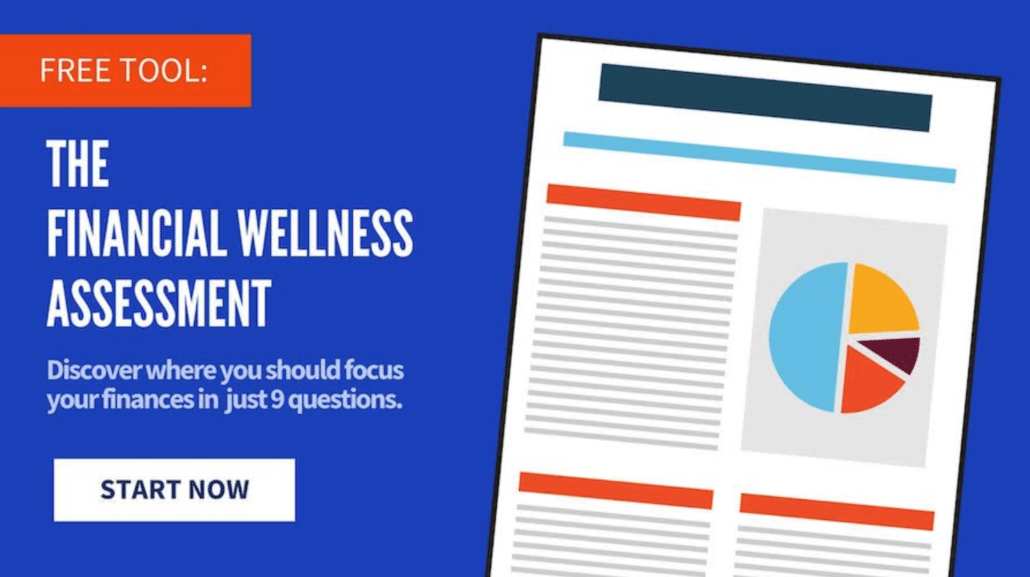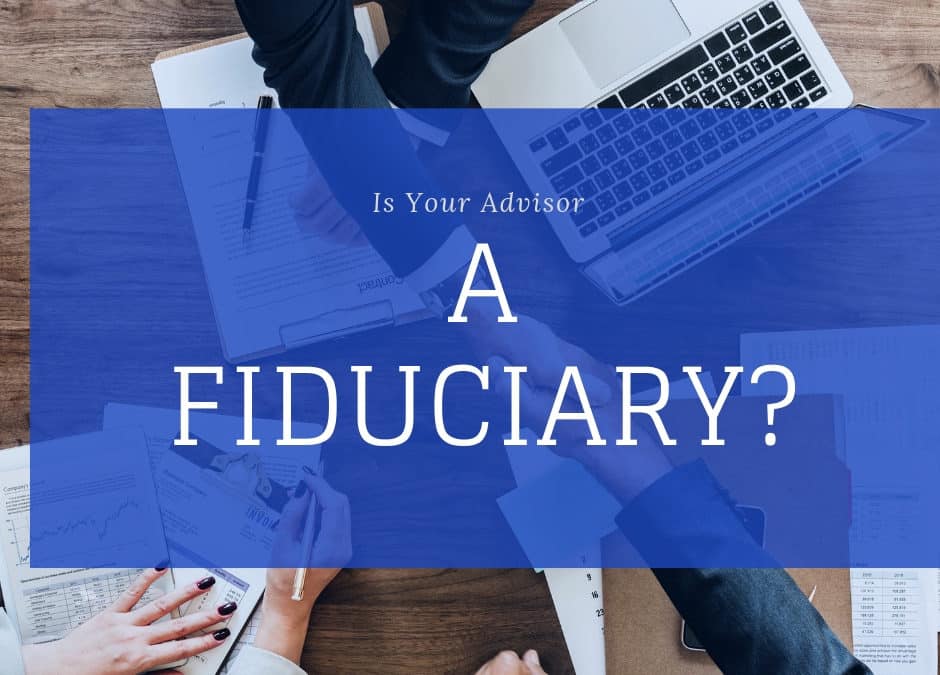The word fiduciary is all over the financial community. In fact, some businesses throw the word around so much it almost starts to lose its meaning – which is a shame, because the fiduciary standard should be a big deal to you as an investor.
But how are you supposed to know the difference between a true fiduciary and a firm that’s playing fast and loose with the term? Let’s start by using an example outside the realm of financial advice to simplify the distinction between the two kinds of standards that financial professionals may follow.
Fiduciary vs Suitability: What’s the Difference?
Imagine you need a new car, but you don’t know much about the different options available to you. You head to the closest car dealer, which happens to be a Ford dealership.
The dealer asks you to describe what kind of car you need, and you begin to list features and attributes that are best described as a Toyota Highlander – but you can find some of what you mention in a Ford Explorer, too.
Under a suitability standard, the Ford dealer could say, “A Ford Explorer would meet your needs and we have some of those right over here,” and never mention that a Toyota Highlander more closely fits what you want.
The dealer makes the sale and gets the commission. You have a car that is suitable for your needs, but it isn’t necessarily what’s best for you.
The Ford dealer has a clear conflict of interest in this situation. The dealer can only sell Fords and will lose the opportunity to earn a commission if the client buys a Toyota Highlander. But under the suitability standard, the dealer can recommend the product (Ford Explorer) that is in their best interest, but isn’t the best for you. Since you don’t have a great deal of knowledge about the auto market, you wouldn’t even know you missed out on the best and settled for what was only suitable.
Now, let’s compare that to what happens under a fiduciary standard.
If the car dealer acted as a fiduciary to their customers, the salesperson would be obligated to say, “It sounds like you are describing a Toyota Highlander. We don’t sell those. In order to get exactly what you described and the car that best fits your needs, go down the street to Toyota and ask for a Highlander.”
The dealer might add that they could sell you a similar model Ford that fits some but not all of your needs, but they’d also disclose the Ford was more expensive while not being exactly what you described.
In this scenario, you have more information about your options as well as the dealer’s financial incentives prior to choosing a car.
Why You Deserve a Fiduciary
This same thing happens in the financial world. All advisors are not created equal. Financial professionals working under the suitability standard can sell you certain investments or insurance products that compensate them over competing options that might be a better fit for you.
Others uphold the fiduciary standard in some cases, but not in all cases. It is surprisingly common for financial professionals to have multiple industry affiliations that let them act as a fiduciary in some cases and not others. This allows the advisor to be a fiduciary in developing a financial plan or investment allocation as a fiduciary, but then acting under the suitability standard (or, worse, an even lesser insurance industry standard) when implementing the recommendations. Talk about confusing.
It’s unfair to expect the average person to know when an advisor is or isn’t acting as a fiduciary when making financial recommendations. In addition, most people that go to financial professionals for help have a hard time conceiving that the recommendations being made aren’t in their best interests.
Attorneys and accountants are required to put the interest of their clients first. Medical professionals aren’t putting their own interests before the patients. Why should financial advice be any different?
I believe people deserve a fiduciary standard at all times, and there are financial planners who do this. You just need to know how to find them.
Is My Advisor A Fiduciary?
The best way to find out whether your advisor is a fiduciary or not is to ask if they are a Registered Investment Advisor. A Registered Investment Advisor is required by law to act as a fiduciary at all times and put their clients’ interest first.
They’re also required to disclose any potential conflicts of interest by giving you a Form ADV when you first meet. The Form ADV is the place you might discover your financial advisor is actually adhering to different standards of care at different times. It’s important to review this document and understand the conflicts that might influence their advice.
The most fail safe way to ensure you work with a fiduciary at all times is to have your advisor put their fiduciary commitment in writing. If the advisor isn’t willing to put it in writing, then they can’t be held accountable.
Most fiduciaries put their fiduciary commitment in the client agreement you sign at the beginning of a relationship. If not, then ask your advisor to sign this fiduciary pledge created by The Committee For The Fiduciary Standard.
Finally, some firms go the extra mile and get certified by the Centre for Fiduciary Excellence (CEFEX), which independently verifies that firms are fulfilling their fiduciary duty to the highest standard. I’ve spent my entire career at CEFEX certified firms and I’m very thankful to work alongside people that take their fiduciary duty so seriously.
In fact, Plancorp was among the first handful firms in the country to get CEFEX certification and BrightPlan was the first robo-advisor to get CEFEX certified.
If you work with a financial professional, don’t hesitate to ask what standard they uphold. Even when someone says they always act as a fiduciary, consider reviewing their Form ADV to fully educate yourself on any potential conflicts that may exist. If they follow anything other than a fiduciary standard all the time, then it’s up to you to decide if that’s good enough for your money and future.
…
RESOURCE: Do you want to make smart decisions with your money? Discover your biggest opportunities in just 9 questions with my Financial Wellness Assessment.















